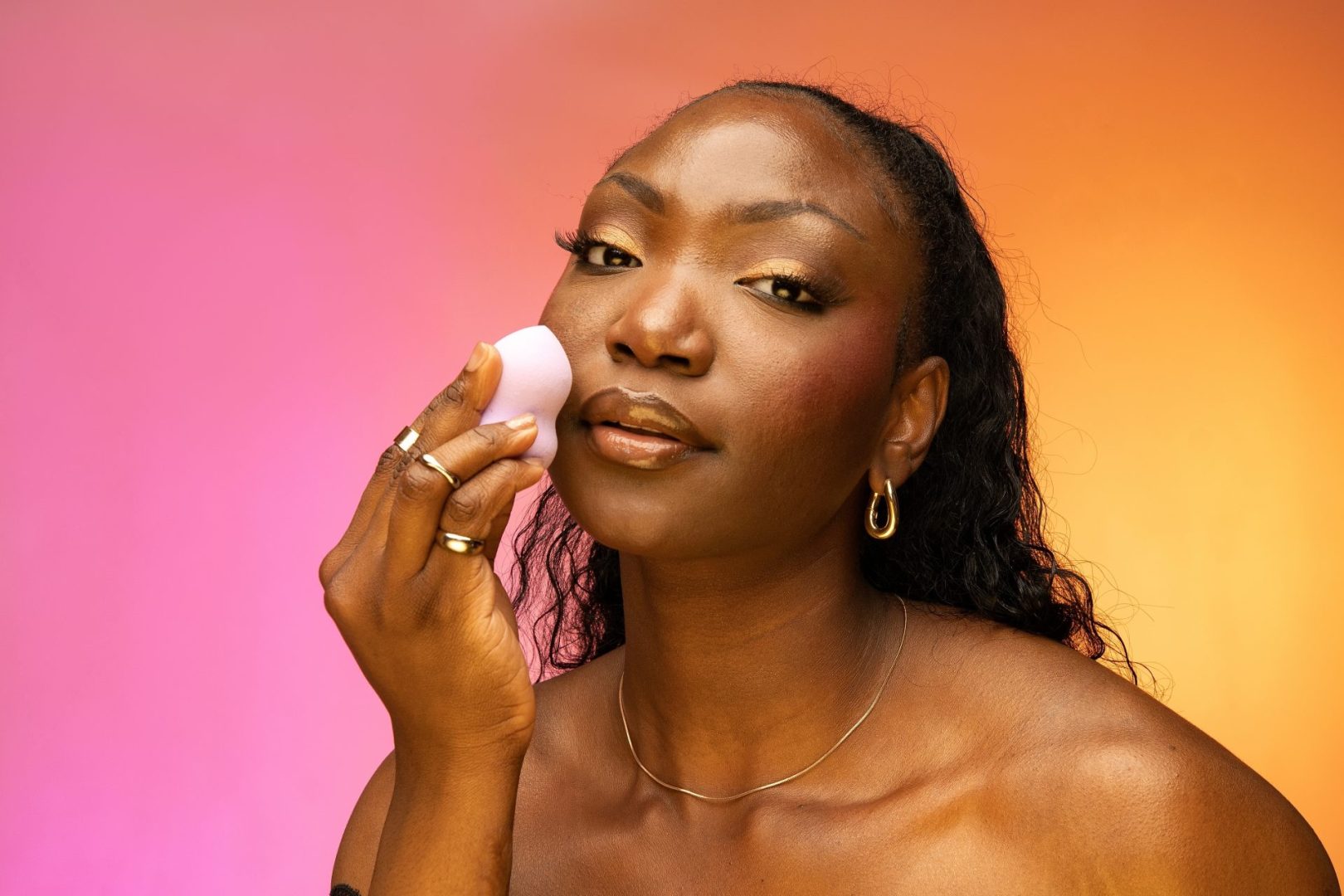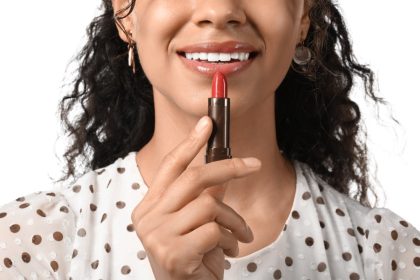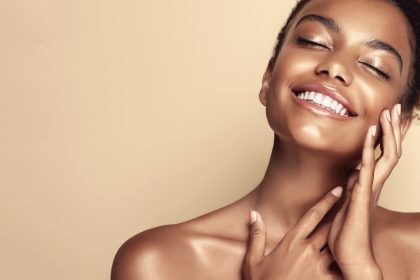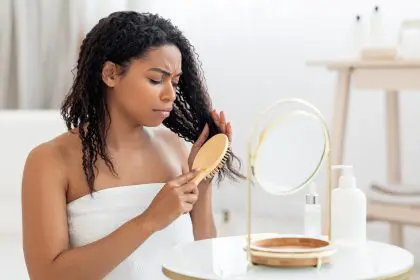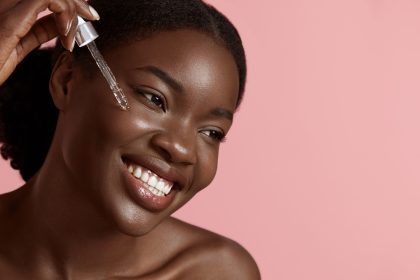Countless women spend hours perfecting their makeup routine, investing in expensive products, and following detailed tutorials, yet still feel frustrated when their final look falls short of the flawless finish they see on social media and in magazines. The pursuit of perfect makeup has become an obsession for many, leading to disappointment and self-doubt when reality doesn’t match expectations. The truth behind imperfect makeup results often lies in factors that most people never consider, extending far beyond product quality or application technique.
The beauty industry has created unrealistic standards that make flawless makeup seem easily achievable through the right products and methods. However, the reality involves complex interactions between skin condition, environmental factors, lifestyle choices, and biological variations that significantly impact how makeup appears and performs throughout the day. Understanding these underlying issues can help women adjust their expectations and develop more realistic approaches to their beauty routines.
Many women blame themselves for makeup failures, assuming they lack skill or aren’t using the right products. This self-criticism overlooks the numerous factors beyond personal control that affect makeup performance. Recognizing these limitations can reduce frustration and help women focus on achievable improvements rather than impossible perfection.
1. Your skin texture determines makeup performance more than technique
The fundamental truth about flawless makeup lies in the canvas itself. Skin texture plays a more crucial role in makeup appearance than application skill or product quality. Even the most expensive foundation cannot create a smooth finish on skin with enlarged pores, fine lines, acne scars, or uneven texture. The microscopic topography of facial skin directly affects how light reflects off the surface, influencing the overall appearance of any makeup applied on top.
Pores represent the most common texture issue that prevents flawless makeup application. These natural openings in the skin create tiny shadows and depressions that become more visible when foundation settles into them throughout the day. No amount of blending or layering can eliminate the visual impact of enlarged pores, which become more prominent with age as skin loses elasticity and collagen production decreases.
Acne scarring presents another significant challenge for achieving smooth makeup application. The irregular surface created by pitted scars, raised tissue, or post-inflammatory hyperpigmentation requires color correction and texture smoothing that goes beyond what standard makeup can provide. Even professional makeup artists struggle to completely camouflage severe textural irregularities without specialized products and techniques.
Fine lines and wrinkles create additional texture challenges that worsen throughout the day as makeup settles into creases. The natural movement of facial muscles causes foundation to migrate and collect in expression lines, creating an aged appearance that becomes more pronounced as hours pass. This settling effect occurs regardless of makeup quality or application method.
2. Hormonal fluctuations sabotage makeup consistency
Monthly hormonal changes dramatically affect skin behavior in ways that make consistent makeup application nearly impossible. Estrogen and progesterone levels fluctuate throughout the menstrual cycle, directly impacting oil production, skin sensitivity, and overall complexion appearance. These changes mean that makeup techniques and products that work perfectly one week may fail completely the next.
The premenstrual phase typically increases oil production, causing foundation to break down faster and appear patchy or separated by midday. The same foundation that provides all-day coverage during other times of the month may slide off or oxidize during this hormonal phase. This inconsistency often leads women to blame their application technique rather than recognizing the underlying biological cause.
Hormonal acne presents another challenge that affects makeup performance unpredictably. Breakouts that appear suddenly can disrupt carefully planned makeup routines, requiring spot concealing and color correction that may not blend seamlessly with the rest of the face. The inflammation associated with hormonal acne also makes skin more sensitive to certain makeup ingredients.
Pregnancy, menopause, and hormonal medications create additional variations in skin behavior that affect makeup performance. These hormonal changes can alter skin tone, increase pigmentation, or change oil production patterns in ways that require complete adjustment of makeup routines and product selections.
3. Environmental factors constantly work against makeup longevity
Temperature, humidity, air quality, and seasonal changes create environmental challenges that no makeup product can completely overcome. Hot weather causes makeup to melt, slide, and separate regardless of setting products or application techniques. The natural process of perspiration mixed with sebum creates an environment where even the most long-wearing formulas begin to break down.
High humidity levels prevent makeup from properly setting and drying, leading to a perpetually tacky finish that attracts dust and debris throughout the day. Conversely, extremely dry conditions can cause makeup to appear cakey or flaky as it adheres to dehydrated skin cells. These environmental extremes require different products and application methods that many women don’t consider.
Air pollution and environmental toxins create an invisible film on the skin that affects makeup adhesion and appearance. Urban environments expose skin to particulate matter that can cause makeup to appear dull or muddy as the day progresses. This accumulation of environmental debris cannot be prevented through makeup application techniques alone.
Seasonal changes require completely different approaches to makeup application and product selection. Winter heating systems dry out skin and affect makeup texture, while summer humidity and sun exposure create different challenges. Many women continue using the same products and techniques year-round, leading to inconsistent results across different seasons.
4. Sleep deprivation shows through any makeup application
Poor sleep quality and insufficient rest create visible skin changes that no amount of makeup can fully disguise. Sleep deprivation affects blood circulation, collagen production, and cellular renewal processes that directly impact skin appearance. The resulting pallor, puffiness, and dullness show through even heavy makeup application.
Under-eye circles and puffiness represent the most obvious signs of sleep deprivation that prove difficult to completely conceal. The thin skin around the eyes shows blood vessel congestion and fluid retention that creates dark shadows and swelling. Color correction and concealer can minimize these issues but cannot eliminate them entirely.
Sleep loss also affects skin texture and oil production, causing makeup to appear uneven or patchy. The cellular renewal process that occurs during deep sleep helps maintain smooth skin texture, and disruption of this process leads to accumulation of dead skin cells that interfere with makeup application.
Chronic sleep deprivation accelerates aging processes that affect makeup performance over time. The decreased collagen production and impaired cellular repair associated with poor sleep create textural changes that become increasingly difficult to camouflage with makeup alone.
5. Dehydration affects makeup in ways most people don’t realize
Proper hydration levels significantly impact how makeup looks and performs throughout the day. Dehydrated skin appears dull, flaky, and uneven, causing foundation to cling to dry patches and emphasize texture irregularities. The lack of internal moisture cannot be compensated through topical moisturizers alone.
Dehydration affects the skin’s natural barrier function, leading to increased sensitivity and irritation from makeup products. This sensitivity can cause redness, burning, or stinging that shows through makeup application and may require product removal. The compromised barrier also allows moisture to escape more easily, creating a cycle of dryness that worsens throughout the day.
The plumping effect of proper hydration helps minimize the appearance of fine lines and pores, creating a smoother canvas for makeup application. Dehydrated skin loses this natural volume, making textural irregularities more prominent and harder to disguise with makeup.
Blood circulation also improves with proper hydration, providing natural color and radiance that enhances makeup appearance. Dehydrated individuals often appear pale or sallow, requiring more color correction and highlighting to achieve a healthy-looking complexion.
6. Stress hormones wreak havoc on complexion consistency
Chronic stress triggers the release of cortisol and other hormones that directly affect skin appearance and makeup performance. Elevated stress hormones increase oil production, worsen acne, and slow healing processes that affect overall complexion quality. These changes make it difficult to maintain consistent makeup results from day to day.
Stress also affects sleep quality, eating habits, and self-care routines that indirectly impact skin health. The cumulative effect of these lifestyle changes shows in skin appearance despite attempts to cover issues with makeup. Dark circles, breakouts, and dull complexion all reflect internal stress levels that cannot be completely hidden.
The muscle tension associated with chronic stress affects facial expression and can cause makeup to settle into tension lines more quickly. Clenched jaw muscles, furrowed brows, and compressed lips all create areas where makeup may crack or separate throughout the day.
Stress-related habits like touching the face, picking at skin, or neglecting skincare routines further compromise makeup performance. These unconscious behaviors can disturb makeup application and introduce bacteria that worsen skin conditions.
7. Product incompatibility creates application disasters
Many makeup failures result from using products with incompatible formulations rather than poor application technique. Oil-based and water-based products don’t mix well, causing separation, pilling, or uneven coverage when layered together. Most women don’t consider ingredient compatibility when building their makeup routines.
Silicone-based primers and water-based foundations represent a common incompatibility that leads to patchy, uneven coverage. The silicone creates a barrier that prevents water-based products from adhering properly, causing foundation to slip and separate throughout the day. This chemical incompatibility cannot be overcome through application techniques alone.
pH differences between products can also cause reactions that affect makeup performance. Some combinations may cause products to change color, texture, or longevity when applied together. These chemical interactions often don’t become apparent until hours after application, leading to midday makeup failures.
Expired or contaminated products can cause adverse reactions that show through makeup application. Bacteria growth in old products can cause irritation, breakouts, or color changes that compromise the final look. Many women continue using products long past their recommended shelf life without realizing the impact on performance.
8. Lighting conditions expose makeup imperfections ruthlessly
The lighting under which makeup is applied rarely matches the various lighting conditions encountered throughout the day. Bathroom lighting, natural sunlight, fluorescent office lights, and evening indoor lighting all reveal different aspects of makeup application that may appear flawless under one condition but terrible under another.
Warm-toned bathroom lighting often makes makeup appear more flattering during application than it will look under cooler daylight or fluorescent lighting. This discrepancy leads to over-application of products or color choices that appear too warm or heavy in different lighting conditions.
Natural sunlight represents the most revealing lighting condition that exposes every imperfection in makeup application. Fine lines, uneven blending, color mismatches, and texture issues all become more apparent in bright daylight. Many women feel shocked when seeing their makeup in natural light after applying it under artificial lighting.
The direction and intensity of lighting also affect how makeup appears throughout the day. Overhead lighting creates shadows that may not have been visible during application, while side lighting can reveal blending issues or uneven coverage that wasn’t apparent in face-forward lighting.
9. Unrealistic expectations based on filtered reality
Social media and digital photography have created unrealistic expectations about what makeup can achieve in real life. The heavily filtered, edited, and professionally lit images that dominate beauty content online bear little resemblance to how makeup actually appears in person. These distorted standards make normal makeup application seem inadequate by comparison.
Professional makeup artists work under controlled conditions with specialized lighting, high-end products, and unlimited time that don’t translate to everyday application scenarios. The flawless results achieved in professional settings require resources and expertise that most women don’t have access to for daily makeup routines.
The airbrushing and digital editing applied to most beauty images removes texture, pores, and imperfections that exist on all real skin. These manipulated images set impossible standards that cannot be achieved through makeup application alone, leading to constant disappointment and self-criticism.
Even makeup tutorial videos often use specialized lighting, multiple camera angles, and editing techniques that make application appear easier and results more flawless than achievable in typical home settings. The disconnect between online tutorials and real-world application leads many women to blame their technique rather than recognizing the production advantages used in digital content.
Understanding the reality of makeup limitations
Accepting the limitations of makeup represents the first step toward developing more realistic expectations and achievable beauty goals. Perfect, flawless makeup exists primarily in heavily edited digital content rather than real-world application scenarios. Understanding this reality can reduce self-criticism and help women focus on enhancing their natural features rather than pursuing impossible perfection.
The factors that affect makeup performance extend far beyond product quality and application technique. Skin health, hormonal fluctuations, environmental conditions, lifestyle factors, and biological variations all play significant roles in determining how makeup looks and lasts throughout the day. Recognizing these influences helps women adjust their expectations and routines accordingly.
Developing a realistic approach to makeup involves accepting that some days will produce better results than others based on factors beyond personal control. Rather than pursuing flawless perfection, women can focus on enhancing their natural beauty and feeling confident in their appearance regardless of minor imperfections.
The key to makeup satisfaction lies in understanding personal skin needs, choosing appropriate products for individual circumstances, and adjusting techniques based on daily variations in skin condition and environmental factors. This personalized approach produces more consistent results than attempting to replicate generic beauty standards that may not suit individual features or lifestyles.

